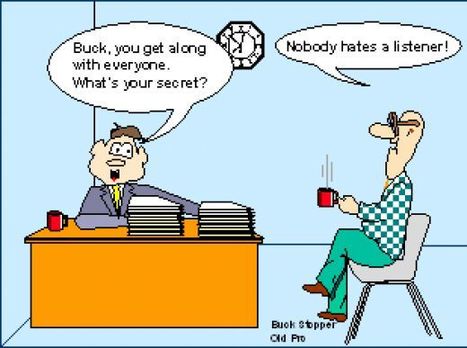As a leader, communicating can sometimes feel like Groundhog Day. No matter how hard you try to get your message across, it is all too easy to find the next day that you face the same blank stares, predictable objections, and questions that indicate that you failed to make it stick — that people just aren’t getting it. One reason leaders find themselves in this cycle is that their approach to communication is based on an outdated mental model. It’s a model best described as a “post office.” They view themselves as the sender of a message and others as the receivers. If problems arise, leaders look for disruption somewhere along the route.
The post office model focuses most leaders’ attention on the sending process, rather than the give-and-take of effective conversations. Even if they invite people to ask questions and truly value their buy-in, these leaders are still preoccupied with their message. This leaves them ignorant about the larger context and reality on the ground, including emerging issues and game-changing opportunities. In the extreme, thinking in terms of the post office model causes leaders to make decisions in isolation or miss the early warning signs of dysfunctional momentum.
Via
The Learning Factor



 Your new post is loading...
Your new post is loading...






















